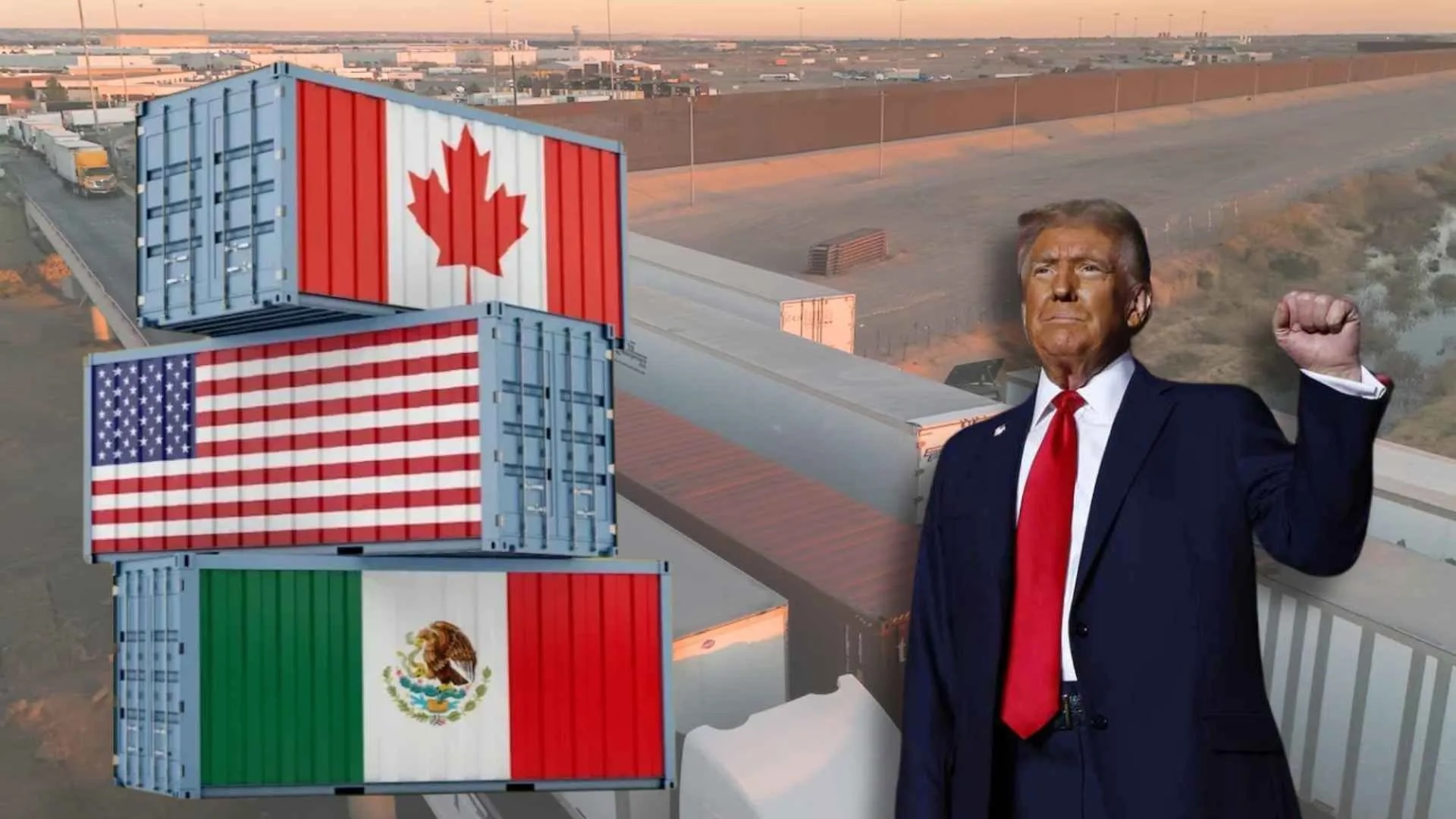On Tuesday morning, new 25% tariffs on all goods from Mexico and Canada and a 10% increase on Chinese imports came into effect in the United States. These new trade measures, implemented by President Donald Trump, target the three largest trading partners of the U.S. The move has already sparked retaliatory actions from China and Canada, raising concerns about the broader impact on industries and consumers.
Why Were the Tariffs Imposed?
The official reason for the tariffs is to combat the influx of illegal drugs such as fentanyl into the U.S. Trump pointed to large quantities of fentanyl entering the country from Mexico and China, often through Canada. However, Canadian authorities highlighted that less than 1% of illegal drugs entering the U.S. cross the Canadian border, and recent efforts have already reduced fentanyl smuggling by 97%.
Immediate Reactions: China and Canada Respond
China’s Retaliation:
- New tariffs of 10-15% on American agricultural and food products.
- Export and investment restrictions on 25 U.S. companies.
- A complaint to the World Trade Organization (WTO) over what China calls unilateral trade measures.
Canada’s Response:
- 25% tariffs on $155 billion CAD worth of American goods.
- An initial $30 billion CAD in tariffs, followed by $125 billion CAD after 21 days.
- Prime Minister Justin Trudeau warned that Americans could see higher prices on food, fuel, and cars and potential job losses.
- Trudeau emphasized that Canada’s tariffs would remain until the U.S. reverses its trade measures.
Economic Impact: Industries at Risk
Experts predict significant disruptions in many industries, particularly automotive manufacturing, which relies heavily on the seamless flow of parts and components across borders. The Wall Street Journal highlighted how North American car manufacturing could be severely impacted, noting that some vehicles cross borders up to eight timesduring production.
The tariffs could lead to:
- Increased vehicle prices, with SUVs potentially rising by $9,000 and pickup trucks by $8,000.
- Higher costs for American consumers on a wide range of products, from groceries to electronics.
- Potential job losses in sectors dependent on trade with Canada, Mexico, and China.
Broader Consequences for the Global Market
The global supply chain is deeply interconnected, and these tariffs could trigger a domino effect in other economies. As trade barriers increase:
- Exporters in the EU, Asia, and Latin America may see new opportunities in markets affected by U.S. tariffs.
- Supply chain delays could lead to shortages of critical components and products.
- Countries affected by U.S. tariffs might seek new trade alliances, reducing their reliance on the American market.
Conclusions: What Could Happen Next?
The U.S. administration’s move has been described as “the dumbest trade war in history” by The Wall Street Journal. The decision to target allies over adversaries may backfire, causing economic pain for American consumersand potentially undermining the U.S. economy’s stability.
With China filing a complaint to the WTO and Canada ready to implement non-tariff measures, the situation could escalate into a wider trade conflict. For now, consumers and businesses on both sides of the borders are bracing for higher prices and economic uncertainty.





